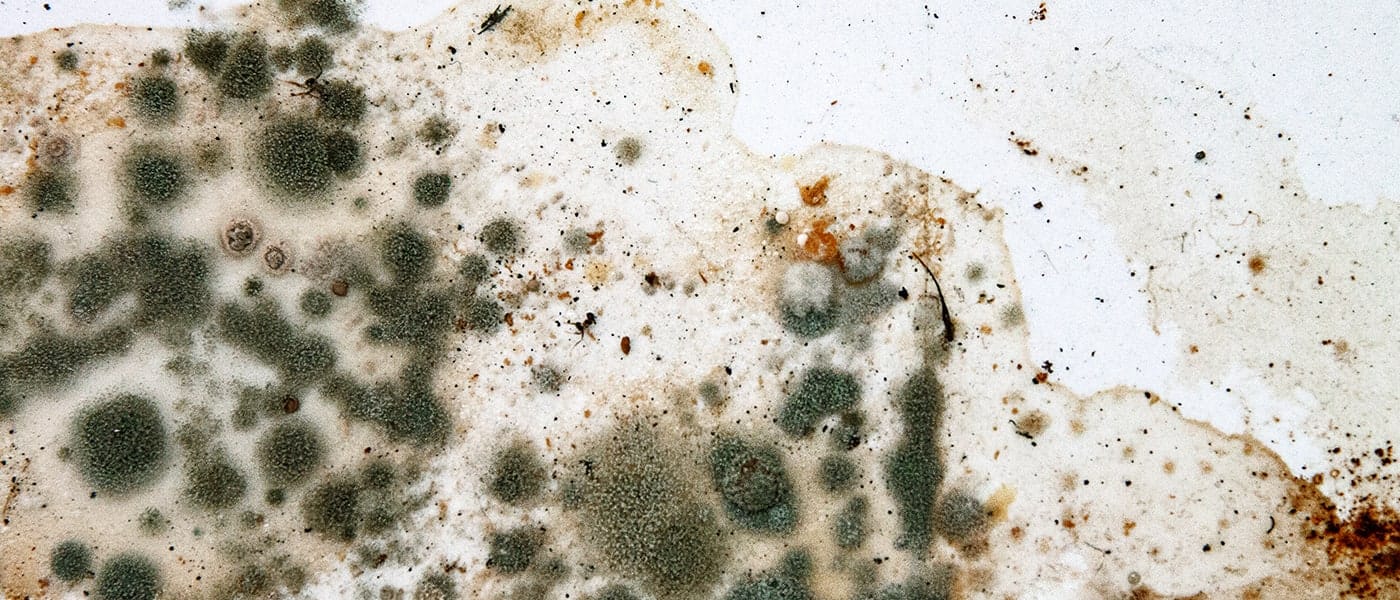Mold is a real danger that many homes face in the United States. Each year, hundreds of homes get infested with this harmful fungus. If you believe your home is impacted by mold then it’s best to look at every part of your home. We’ll be going over the common home mold types to look for.
What Is Mold?
Mold is a type of fungus that is commonly found within homes and even rotting food surfaces. Moisture is needed for mold to grow. However, mold can also grow with other elemental factors. The production of this fungus is spread through tiny spores. These tiny spores are virtually invisible to the human eye. However, underneath a microscope, these spores can overtake an area.
Over time, these spores multiply causing the growth of mold. Any type of mold and mildew growth is stemmed from moisture in an enclosed area. It is not recommended that any homeowner handles these materials themselves. Always contact a Restoration Company in Dallas about your mold removal.
Common Mold Types
Some of the most common home mold types to look out for are Cladosporium, Aspergillus, and Stachybotrys. Each type of mold typically has its own unique color, scent and shape. Any spotted or solid discoloration found on walls usually means mold growth. One sign of mold is dark, green, purple, yellow or discoloration on the walls of a home.
Mold can be found on the walls, basement, ceiling, or attic. It’s best to constantly check your home for any mold growth after every season. Moisture is one of the leading causes of mold growth. This can come from a leak or any damaged home materials.
Causes For Home Mold
There are many causes for mold growth. Typically any moisture or damaged home materials may cause mold growth. Moisture can come from a leaking water pipe or roof. Any leaks left unchecked may cause the growth of mold. It is not recommended that any person leaves mold growth within their home.
Always contact a Mold Removal Company to handle these materials. Mold can be harmful to one’s health. Prolonged exposure can cause allergic reactions like nasal congestion, itchy eyes, coughing or dry skin. It is estimated that a large number of homes are impacted by mold.
How Mold Impacts Your Health
Exposure to mold can negatively affect your health. In fact, it can cause an itchy throat, eyes and skin, coughing, dry skin and congestion. There is enough evidence to link mold exposure to a damaged respiratory system. The respiratory system is responsible for allowing the body to inhale and exhale.
Any issues with the respiratory system may also cause other negative health issues. Mold can slowly take over a home if left unchecked for a long period of time. However, only extreme cases of mold growth completely take over a home. Typically, mold is contained in one area where there is an abundance of moisture. The moisture can come from a leaky pipe or roof.
How To Prevent Mold Growth
Mold can be prevented in several ways. For one, make sure that there isn’t any excess moisture within the home. Any infrared or temperature device can spot cold areas. Cold areas within a wall usually mean moisture. When there’s moisture then mold can rapidly grow. After every season, check your home for mold or discolored areas.
A Mold Testing & Restoration Service can also prevent mold growth. Detection is the first key to prevention. Having a mold-free home is important to live in a healthy environment from damaging materials.


